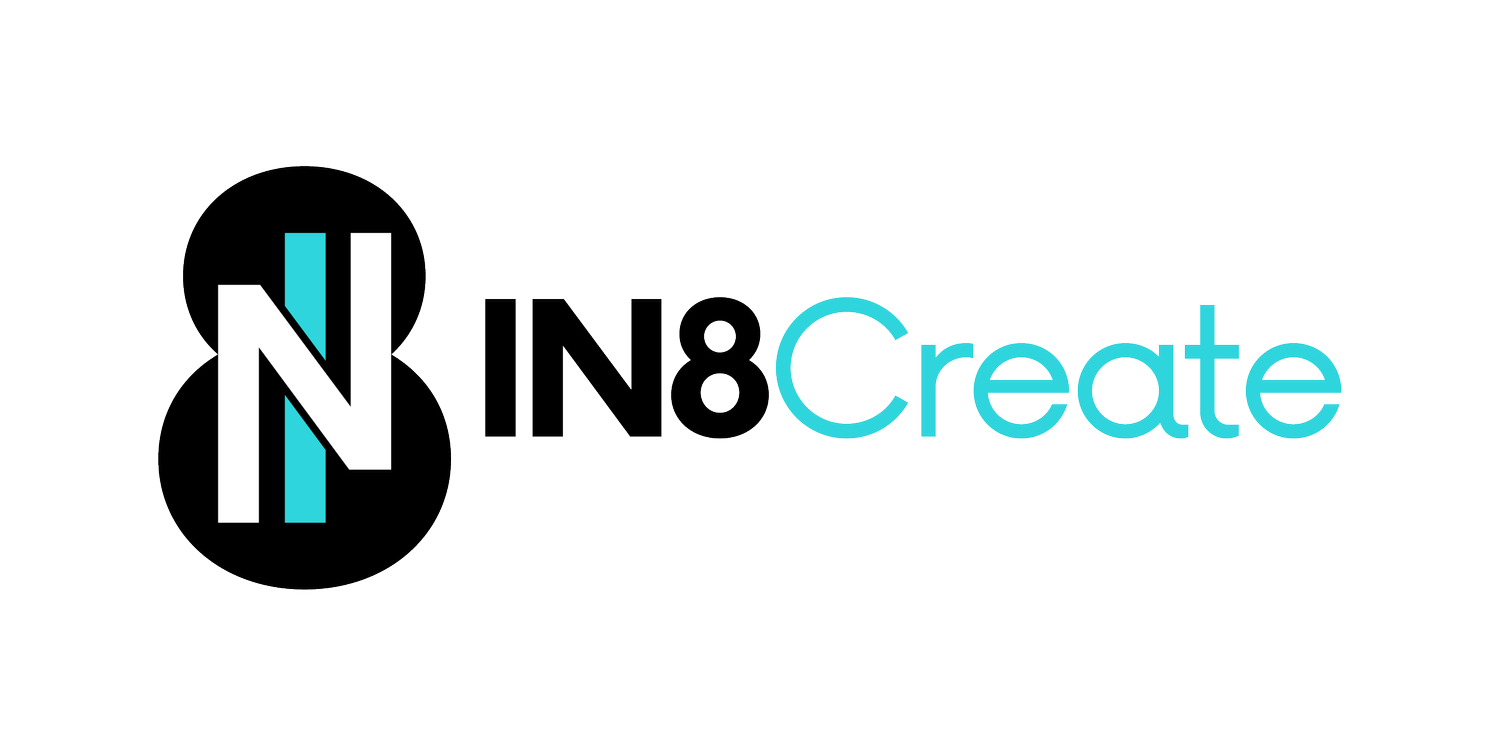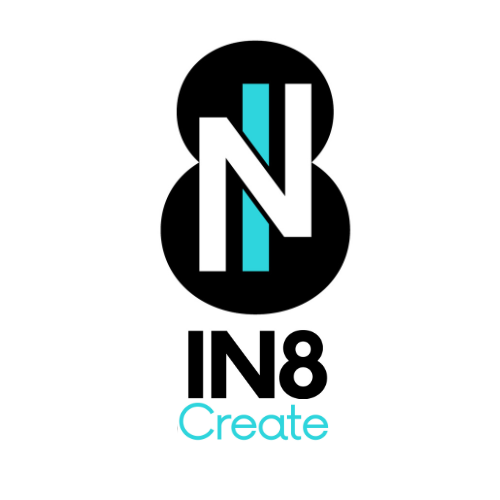Use Assessments to Spice Up Your Team
Like Parmesan on Pasta, Good Assessments Amplify Impact
Simple Assessments: Like Parmesan on Pasta
Think of personality assessments like adding parmesan cheese to pasta - they enhance what's already there, integrate naturally with your work, and can be added in just the right amount. They don't fundamentally change the dish; they bring out its best qualities and make it more enjoyable.
One of the best things I ever did as a leader was have my team take a personality assessment. Yet when I talk to many leaders, they often get dismissive about assessments, with responses like "not another assessment" or "I hate how these put me in a box."
Let me share a couple of stories that changed my perspective:
Take Dave, a team member I worked well with. Through our assessment discussions, I learned he needed time to process information before forming opinions. Instead of my usual rapid-fire questions in our 1:1s, we agreed I'd send discussion topics ahead of time. This simple adjustment allowed him to bring his best thinking to our conversations.
Then there's April, who emerged as almost my exact opposite in the assessment. While I gravitated toward strategy and planning, she excelled in execution. I chose her as my partner for a critical project, and our complementary strengths created a beautiful balance.
These experiences taught me key principles for successfully implementing assessments:
Assessment Choice - The most crucial decision is selecting the right tool. While many assessments offer benefits, the type and style can make or break implementation. Look for assessments using accessible, everyday language - especially if you don't have budget for coaches to teach a new "assessment language."
Introducing the Assessment - This step is vital for establishing trust. Make it clear that the assessment's sole purpose is understanding personal work styles and preferences. The goal is higher productivity and harmony through informed discussions about working better within our comfort zones.
Preparing the Discussion - Consider multiple formats: one-on-ones, group discussions, or both. Ask people what the results mean to them. Have them reflect on what rings true and what doesn't. Remember, the goal isn't to box people in but to understand them better.
Using the Results - Use follow-up conversations to dive deeper. Make and test assumptions. Let your team guide the process. The real value comes from using the insights to adjust how you work together.
For recommendations, I highly recommend the Principles Assessment (developed by Dr. Adam Grant, Ray Dalio, and Dr. Brian Little) and StrengthsFinder. Both use common language, remain approachable, and create excellent foundations for productive team discussions.
Just like that perfect sprinkle of parmesan, assessments should enhance what's already there, creating more flavorful and satisfying team interactions.
Understanding the complexity of team communication is half the battle. Solving it is the other half. Let us help your team navigate these complexities with our LEGO-based sessions on communication, collaboration, and connection. Contact us today to learn more and see how we can transform your team's dynamics. Let's build a better team together!
We have facilitators in New York City, San Francisco, Austin, Tampa Bay, Las Vegas, Los Angeles, San Diego, and more!



